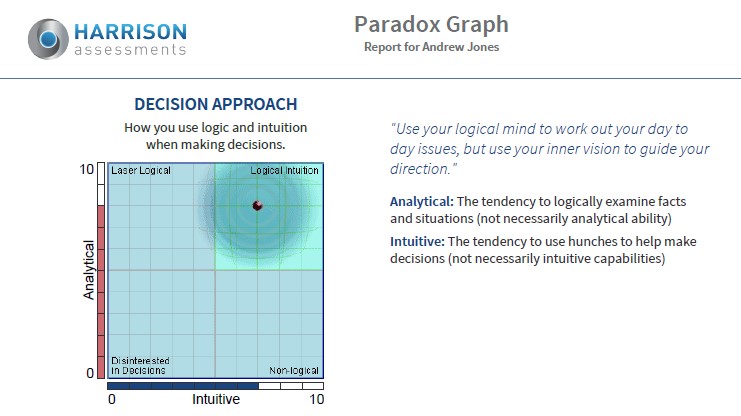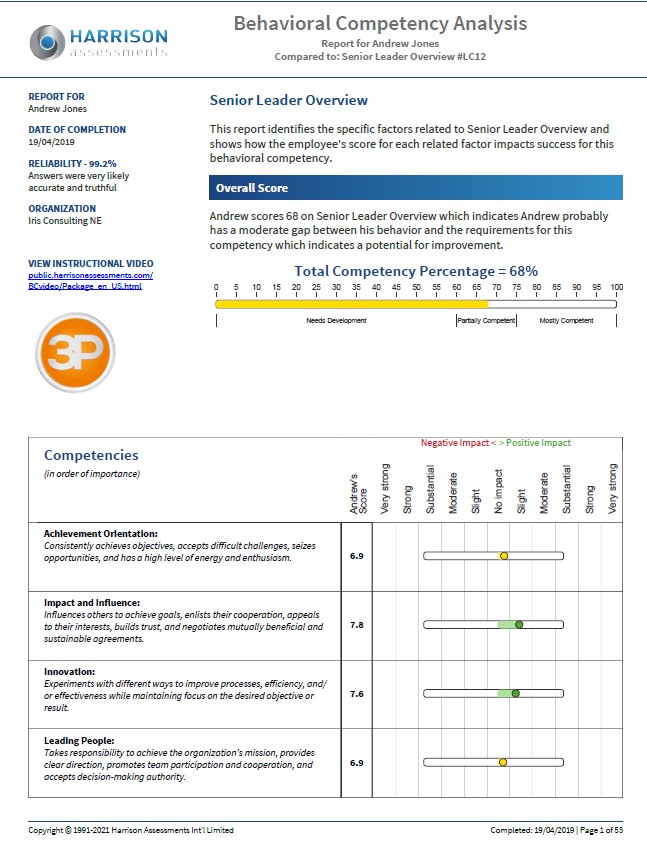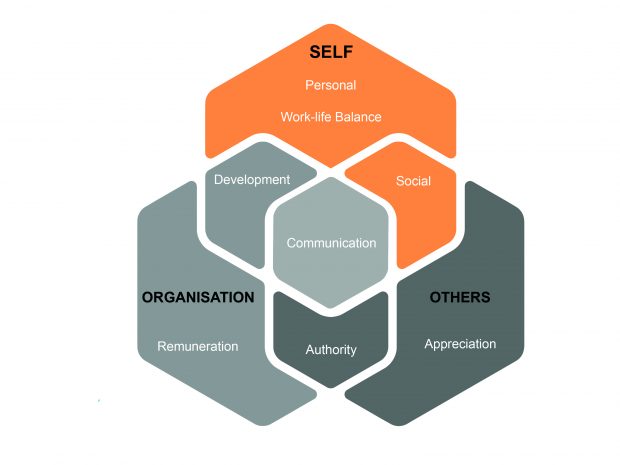Should you trust your gut in business?
Michelle Silver
 We’re often taught in business that decisions should be made based on facts, data and evidence. And it’s definitely important to consider all of the above when making an important decision. But relying on evidence alone can leave you with just half of the picture.
We’re often taught in business that decisions should be made based on facts, data and evidence. And it’s definitely important to consider all of the above when making an important decision. But relying on evidence alone can leave you with just half of the picture.
As emotionally intelligent human beings, we have also been gifted with something else which can be just as powerful as cold hard data – intuition, or gut instinct.
Do you sometimes just know something to be true without even knowing why? Have you ever known something is the right thing, or the wrong thing to do – contrary to what all the evidence is telling you? This is your intuition speaking to you. It’s a very useful tool that we all possess, but not everyone uses.
What is intuition?
It’s often said that the gut acts like a second brain. The brain continually takes on board unconscious information and automatically filters it through past experience and knowledge. This happens instantaneously as the unconscious mind is so much more powerful than the conscious mind, and intuition is the resulting feeling you get based on this unconscious processing.
It has also been widely reported that intuition is a right-brain function alongside creative thought, art, music, senses and emotion, whereas analysis takes place in the left hand side of the brain, as does reading, analyzing information, understanding languages, etc.

So how can listening to your gut instinct help you as a leader?
- Intuition can help us to keep an open mind, and be open to opportunities and new ideas that our rational minds may close us off from.
- Likewise, our gut can act as a voice of caution at times. Trusting in this early warning system to steer clear of a risk which may have been mitigated on paper by facts and figures can be priceless.
- It can help us to be a good leader and colleague, allowing us to sense when something may not quite be right with a team mate. We are then able to adjust our approach to find the best way to deal with that person or situation for the best outcome.
- Our intuition links into our values; it can help to guide us towards finding the right path and purpose so that we can feel fulfilled in what we are doing.
In this podcast Pat Hutchinson, Quadrant 1 MD, talks to Gerry Murray on his Leading People show about how intuition helped her carve her own career path to lead her to where she is now…
Learn from the past
Think back about situations or opportunities where you’ve used your intuition to guide you that worked out really well. Try to remember how you intuitively felt as these situations were developing, and what it was that your gut was telling you.
Things don’t always work out. It is important to reflect back on situations from the past where you’ve trusted your gut but that haven’t worked out as well as you wish they did. What can you learn?
As with everything, balance is key.
Relying solely on intuition and failing to sufficiently analyse a plan or problem can lead to making non-logical decisions. Avoiding analysing situations whilst at the same time mistrusting your intuition can leave you paralysed and unable to make a decision at all.
For all aspects to be in balance, intuition should be combined with good analytical skills to help you sense the important factors, while at the same time analysing the risks to arrive at a logical and well-considered solution. Next time you are faced with a decision and you’ve spent some time considering the facts, spend a minute checking to see how you feel about the situation, what are your gut feelings telling you?
Paradoxical Leadership Technology

Paradox Technology measures how employees manage 12 paradoxical pairs of behaviours, each of which relate to an important core value.
All of the Harrison Paradoxes relate to leadership and have a great impact on the organization which can either create a positive culture or a dysfunctional culture.
You can find out more about balancing Paradoxical traits, like intuitive and analysing, here, or you can get in touch at pat@quadrant1.com or on 07768 922244


















